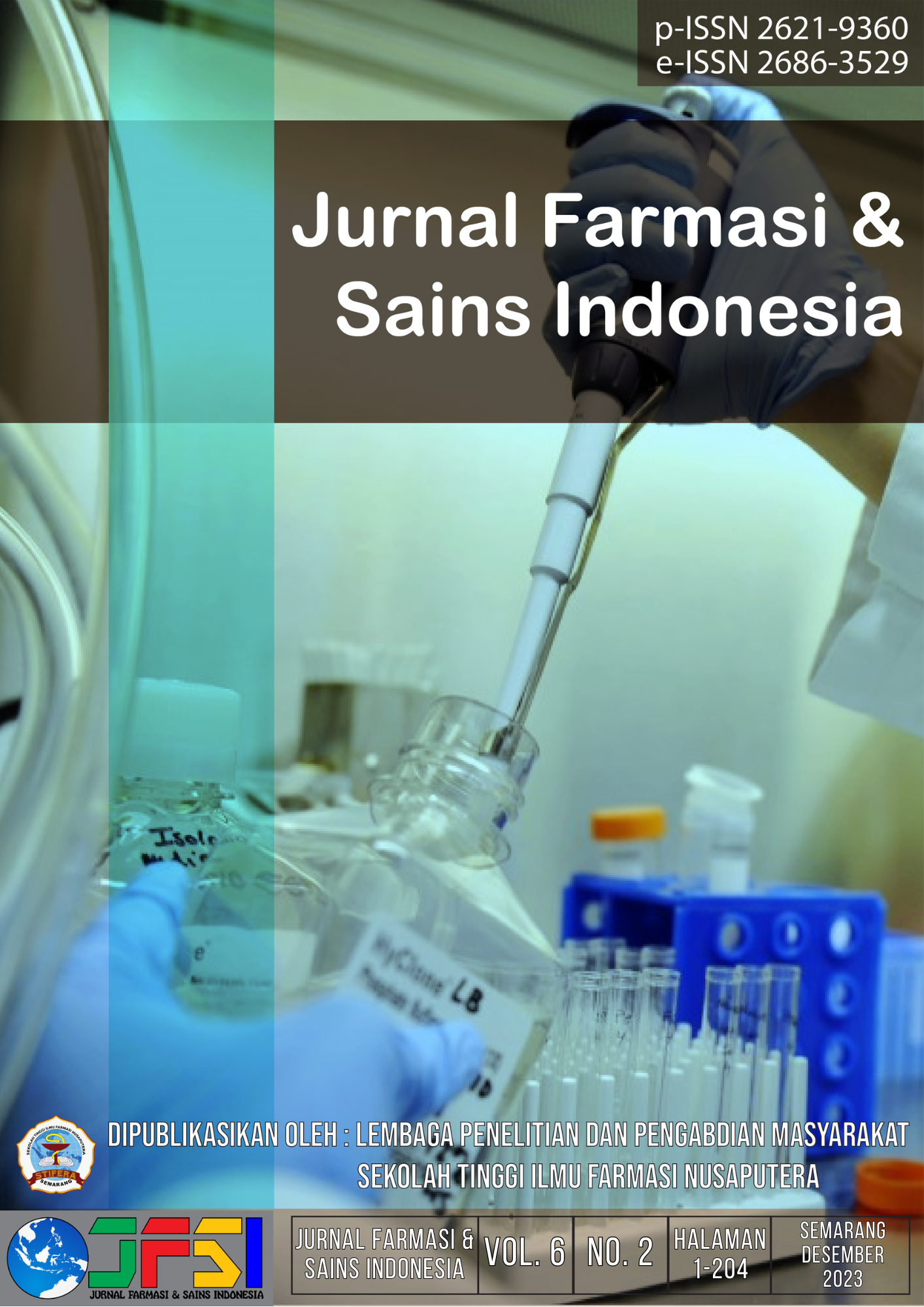Antioxidant Activity Test of Purified Extracts from Sea Lettuce (Ulva lactuca L.) from Pidakan Pacitan Beach Waters using the DPPH (1,1-Diphenyl-2-picrylhydrazyl) Method
Main Article Content
Abstract
Free radicals in the absence of antioxidants can damage important cells in the body so that they can cause degenerative diseases. Natural antioxidants can be found from plants that contain phenolic compounds throughout plant parts such as wood, seeds, fruits, roots, flowers, and leaves. One plant that has antioxidant activity is sea lettuce. This study aims to determine the antioxidant activity of purified sealettuce extract results expressed with IC50. The method chosen to make lettuce ethanol extract was the maceration used 96% ethanol solvent, then purified with a split funnel using 96% ethanol solvent and n-hexane. Purified extracts was screened for phytochemicals. Furthermore, antioxidant testing was carried out with the DPPH method by UV-Vis spectrophotometry. After antioxidant testing, data and statistics were analyzed using the SPSS Independent Samples T-Test. The results of this study showed that purified extracts contained flavonoids, alkaloids, saponins, phenols and tannins. In purified extracts of sea lettuce, an average IC50 value of 47.99 ppm was obtained and an average IC50 value of 4,38 ppm was obtained. Based on the Independent Samples T-Test of purified sea lettuce extract and vitamin C showed a significant difference from each treatment as evidenced by a significance value (p < 0.05).

